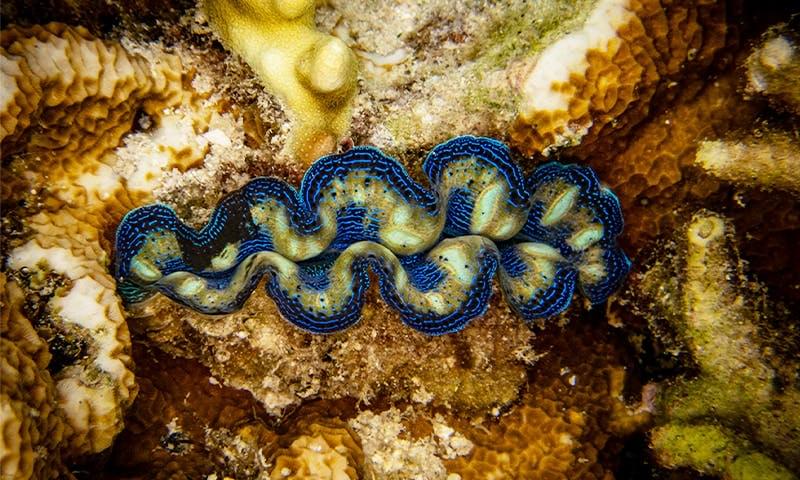Tesla has created a new racing vehicle with a non-fuel engine, one that doesn’t rely on electricity or hydrogen to deliver sustainability and high performance.
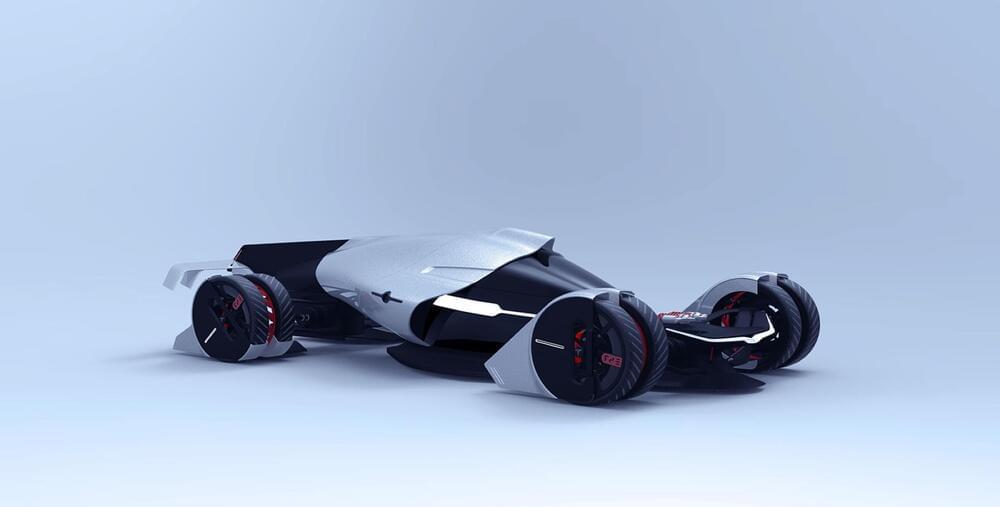

Award-winning architect Lenka Petráková is pioneering a new way to tackle ocean pollution with an ambitious project named “The 8th Continent.” Her innovative design aims to recycle ocean plastic while functioning as a completely self-sustaining floating structure. If realized, it could mark a significant advancement in global conservation efforts.
“The 8th Continent” is an intricate, five-part structure designed to float on the ocean, equipped with greenhouses, living quarters, and biodegradable waste collectors. It represents more than just a plastic-collection unit; it’s a potential catalyst for restoring damaged marine ecosystems.
Designed to thrive amidst the ocean’s plastic tides, Petráková’s concept could provide a regenerative solution for our polluted waters.

What is the level of carbon emissions across the United States? This is what a recent study published in AGU Advances hopes to address as a team of researchers from the University of Massachusetts Amherst conducted the first nationwide analysis of carbon emissions across the United States with the goal of putting constraints on previous analyses regarding the amount of carbon emissions across the United States, also known as the carbon cycle. This study holds the potential to help researchers, climate scientists, and the public better understand the United States’ contribution to climate change and the steps that can be taken to mitigate them.
“We need to know how much CO2 is being generated so we can predict how it will respond to climate change,” said Dr. Matthew Winnick, who is an assistant professor of Earth, Geographic and Climate Sciences at the University of Massachusetts Amherst and a co-author on the study. “As temperature rises, we tend to think that a lot of the natural carbon cycle processes will respond to that and potentially amplify climate change.”
For the study, the researchers collected data on carbon emissions across more than 22 million rivers, lakes, and water reservoirs with the goal of developing a model that could put tighter constraints on previous carbon cycle models. In the end, the researchers’ models estimated approximately 120 million metric tons of carbon, which is approximately 25 percent lower than previous models which estimated approximately 159 million metric tons of carbon. The researchers note these more accurate findings could benefit carbon capturing methods to mitigate climate change.
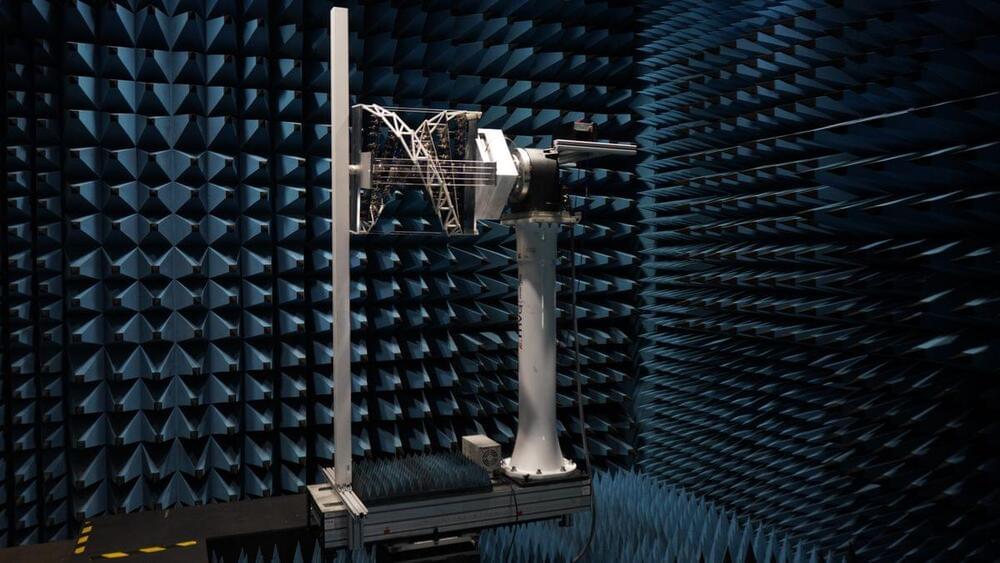
British startup plans to supply solar power from space to Icelanders by 2030, in what could be the world’s first demonstration of this novel renewable energy source.
The space solar power project, announced on Monday (Oct. 21), is a partnership between U.K.-based Space Solar, Reykjavik Energy and Icelandic sustainability initiative Transition Labs.
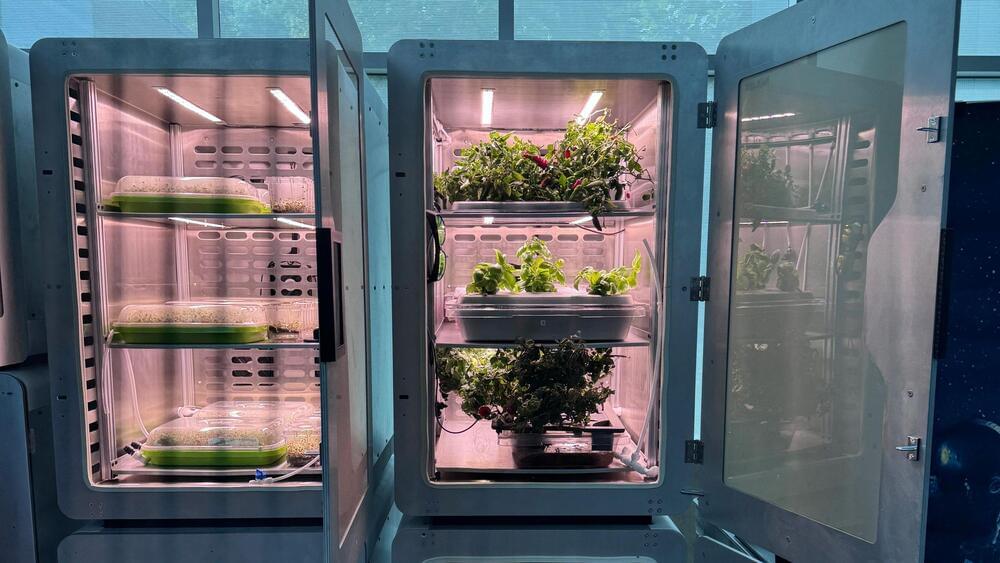
Bioengineers propose “electro-agriculture,” a method that replaces photosynthesis with a solar-powered reaction converting CO2 into acetate, potentially reducing U.S. agricultural land needs by 94% and supporting controlled indoor farming.
Initial experiments focus on genetically modified acetate-consuming plants like tomatoes and lettuce, with potential future applications in space agriculture.
Revolutionary Electro-Agriculture
This solar breakthrough just changed everything.
Thanks to Opera for sponsoring this video. Click here https://opr.as/Opera-browser-DrBenMiles to upgrade your browser for FREE!
Last month, Oxford PV’s breakthrough solar cell broke the efficiency world record and is the world’s first commercially available Perovskite solar panel.
How does it work? And what does this mean for the future of solar?
Thanks you so much to the team for allowing me behind the scenes into their development facility and for the free Halloween costume.
#solar #efficiency #breakthrough #physics #perovskite.
Chapters.
0:00 The Solar Power Breakthrough.
3:25 Humanity’s Journey to Capture the Sun.
8:46 How We Broke the Limit of Solar Efficiency.
13:15 Building the World’s First Perovskite Solar Panel.
17:23 The Future of Solar.
🚀 JOIN US for members-only content: https://www.patreon.com/DrBenMiles.
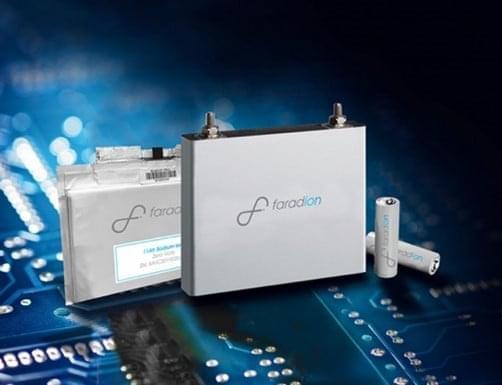
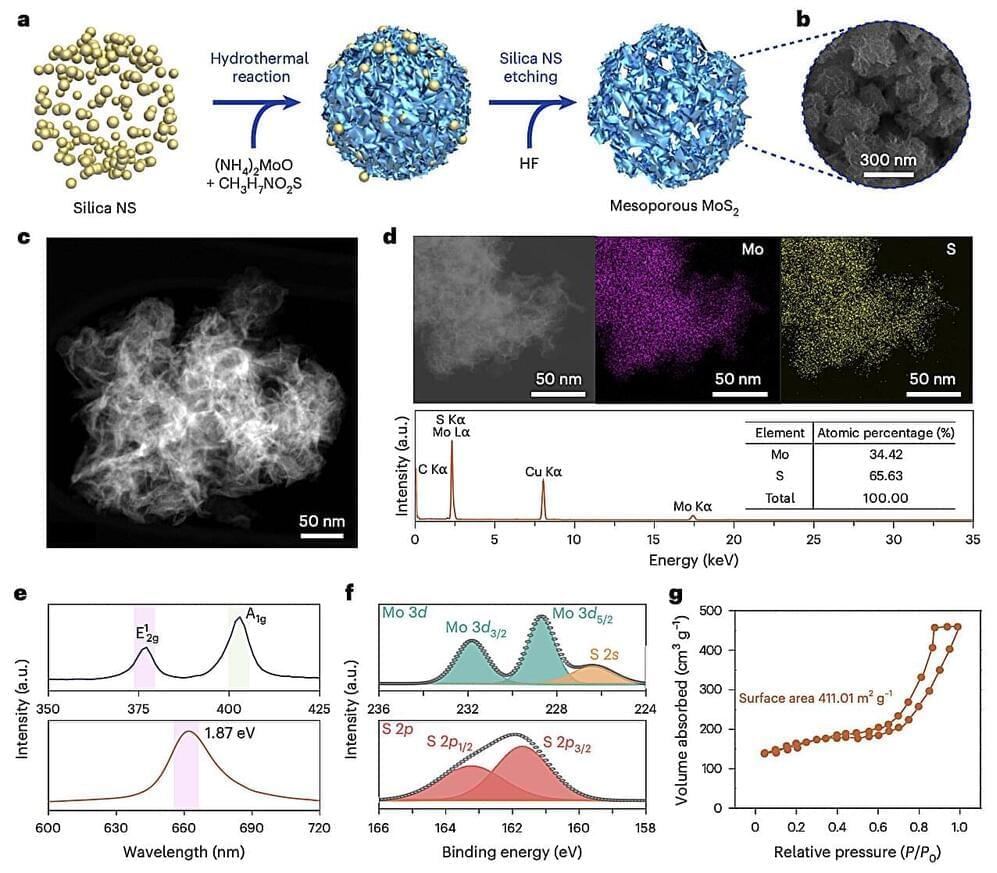
The efficiency and performance of photovoltaics (PVs) have improved significantly over the past decades, which has led to an increase in the adoption of solar technologies. To further enhance the performance of solar cells, energy researchers worldwide have been devising and testing alternative design strategies, leveraging different materials and cell structures.
